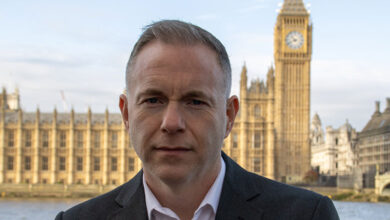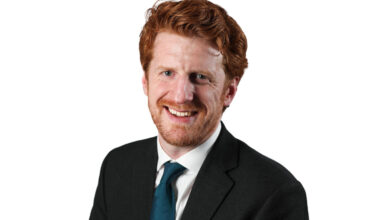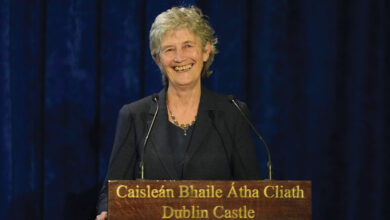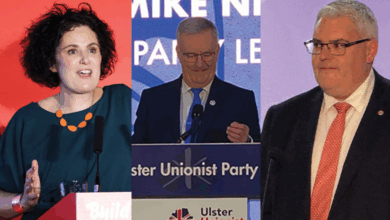How to prorogue a parliament
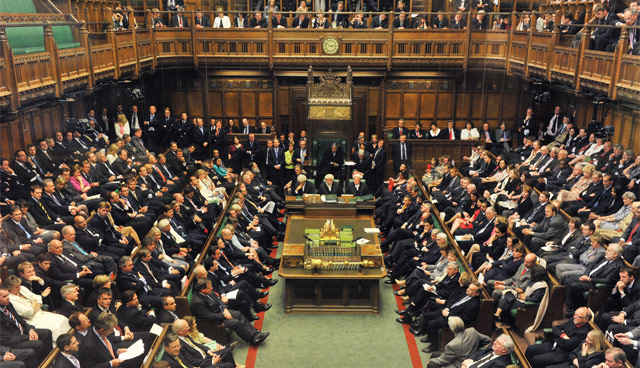
With Boris Johnson’s recent prorogation of the Parliament, the process has come under heavier scrutiny than it has in a political generation. agendaNi explains the process, the legal basis and the historical context of Parliament’s suspension.
The power of prorogation lies nominally with the monarch of the day, although in the modern day it is done on the advice of the Prime Minister with no vote among MPs on the matter. The House of Commons Library states that the process of the monarch agreeing to the Prime Minister’s request has been a formality for over a century.
Typically, Parliament is prorogued once per year for a short period of time around April or May. All parliamentary business is halted and all bills that have not been finalised die a death unless they are specifically held over for the next session. The session of Parliament that Boris Johnson recently suspended was unusual in that it had not been prorogued since the general election of June 2017.
Once the decision to prorogue Parliament is taken, a ceremony takes place to make the process official. An announcement on behalf of the Queen is read to the House of Lords by the Leader of the House. A Royal Commission consisting of five Peers, appointed by the Queen, enter the Chamber and instruct the Black Rod to summon the House of Commons. The Royal Commission and representatives of the House of Commons ceremoniously greet each other. The Lords doff their hats and the members of the House of Commons bow.
The official command of the Queen appointing her Royal Commission is then read by the Reading Clerk from a piece of parchment. From the Opposition side of the table, the Clerk of the Crown then announces the name of each Act that is to be passed. The Clerk of the Parliament turns to face MPs, saying “La Reyne le vault”, Norman French for “The Queen wishes it” as each act is announced, signifying royal assent for each bill. The Leader of the House then reads a speech from the Queen reviewing the past session. Like the Queen’s Speech at State Opening, this is written by the Government and reviews the legislation and achievements of the Government.
It is usual procedure for new governments to prorogue Parliament in order to have a Queen’s Speech following its return to set out their agenda. In normal circumstances, Johnson’s decision to prorogue the Parliament would be perfectly normal, although its timescale is lengthier than usual. Prorogations are always done to exact dates and their lengths vary, but Johnson’s suspension lasting 24 working days dwarfs that of both 2014 and 2016, which lasted 13 and four working days respectively.
A recent ruling in a Scottish court that Johnson’s prorogation was unlawful was not to do with the concept of prorogation itself, rather the means by which Johnson achieved his suspension. Overturning an earlier judgement that stated courts could not interfere in parliamentary business, the court found that the prorogation order was “null and of no effect” because it was passed with the explicit intention of “stymying Parliament” and was a “clear case in which the Government had stepped outside of the normal room for manoeuvre it is allowed by the courts”.
A prorogued Parliament can be recalled by proclamation in accordance with the Meeting of Parliament Act 1797 and the Civil Contingencies Act 2004. The only part of the Parliament Act 1797 that hasn’t been repealed is Section 1, which states that Parliament could be summonsed 14 days after the issuing of a proclamation recalling it. This was amended by the Parliament (Elections and Meeting) Act of 1943, which states that Parliament can be summonsed any day after such a proclamation.
Notable past prorogations
1628:
King Charles I prorogued the Parliament of the day after the Petition of Right, which set out parliamentary boundaries on which the monarch could not infringe. This led to Charles I’s era of Personal Rule from 1629–40 and, eventually, to the English Civil War, the English Revolution and Charles’s execution.
1678:
Charles II did not learn the lesson of his namesake and prorogued the Cavalier Parliament to prevent it from impeaching the Earl of Danby, Thomas Osborne, a key ally. After calling a new Parliament — the Habeus Corpus Parliament — Charles II then prorogued that one too in order to avoid the passage of the Exclusion Bill, which sought to exclude James II from the royal line of succession. The next Parliament, called in 1679 before finally sitting in 1680, was also prorogued in order to avoid the impeachment of several high-profile judges.
1831:
After the House of Commons defeated the First Reform Bill, the Government urged King William IV to dissolve the Parliament and call a general election. Initially reluctant, the King’s ire was drawn by Opposition plans to pass a resolution against dissolution as he saw it as an attack on his prerogative. The King himself appeared in Parliament to announce the prorogation, because parliamentary privilege would have allowed the House of Commons to force an appointed commissioner to wait until they had finished voting on the resolution. With the debate on the resolution in full swing, the King entered and announced the dissolution of the Parliament.
1948:
The nationalisation agenda pursued by Clement Atlee’s revolutionary post-war Labour government had remained largely, and surprisingly, unchallenged by the more conservative House of Lords, but with it widely anticipated that the forthcoming nationalisation of the iron and steel industry would prove one nationalisation too many, Atlee moved to limit the Lords’ ability to hamstring his ambitious political programme. After amending the Parliament Act of 1911, the House of Lords was now only able to delay bills passed by the House of Commons for two sessions over one year, rather than the previous three sessions over two years. After the passage of the iron and steel nationalisation in the Parliament, Atlee prorogued Parliament for a short time in order to begin a new session and force through his bill.
1997:
The last notable prorogation occurred in 1997, when Conservative Prime Minister John Major prorogued Parliament in March to avoid debate on the incendiary cash-for-questions report. An election was called for the following May, which delivered a Tony Blair-led Labour Government and a Labour majority for the next 13 years.

